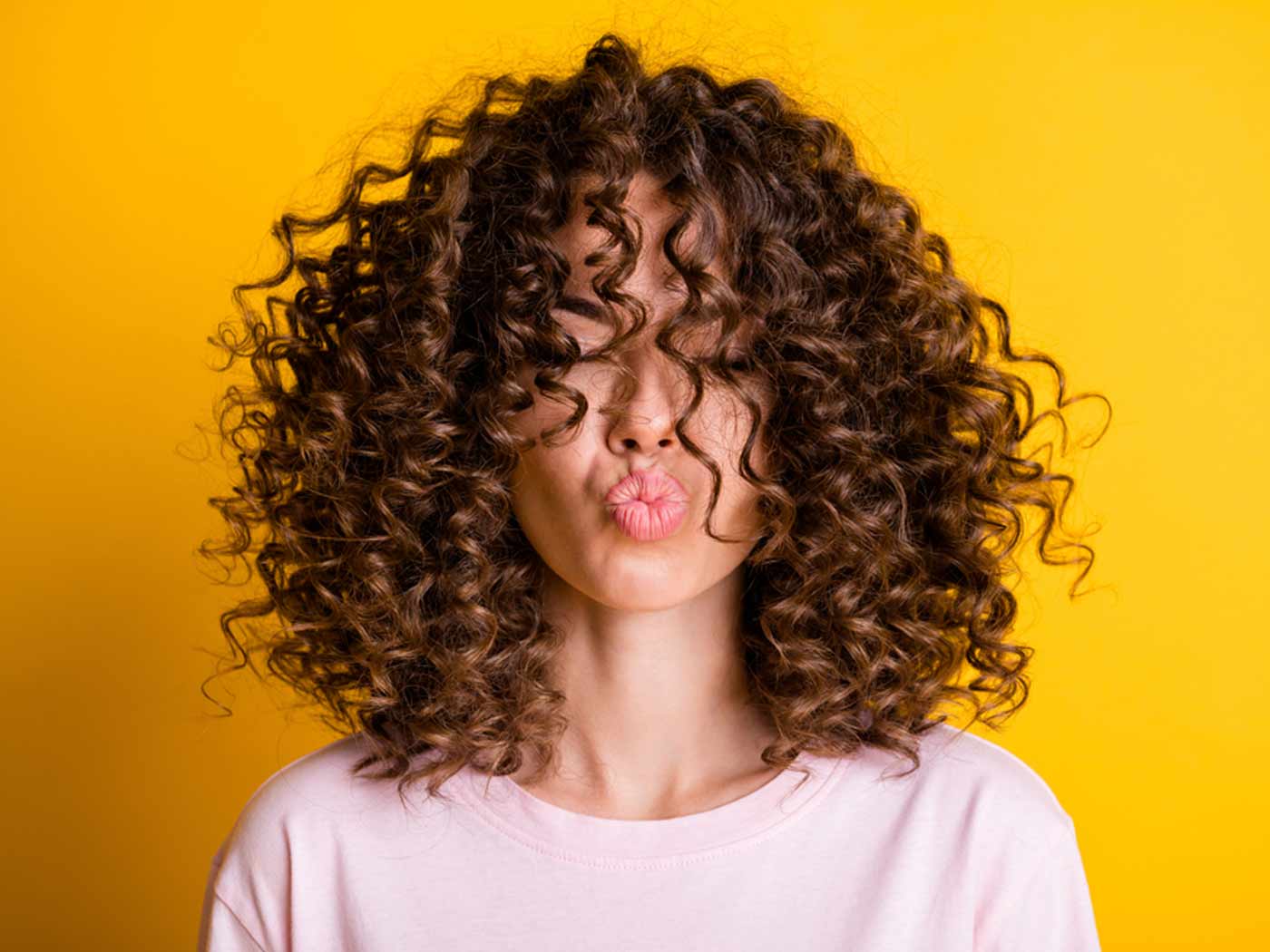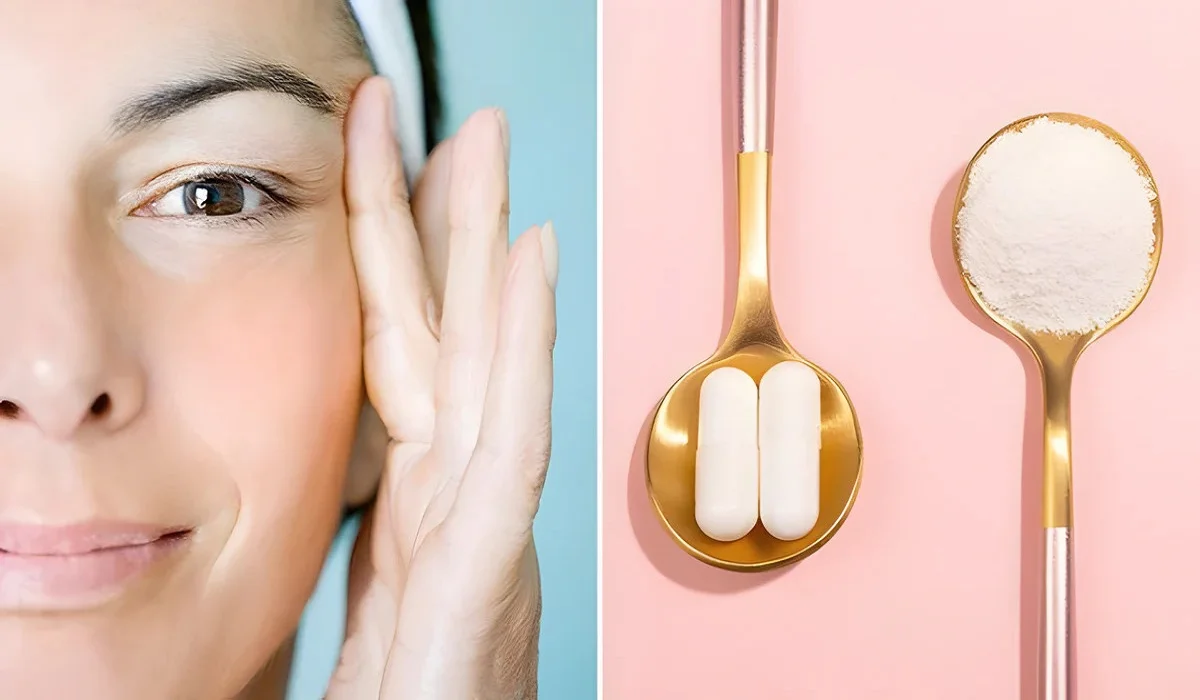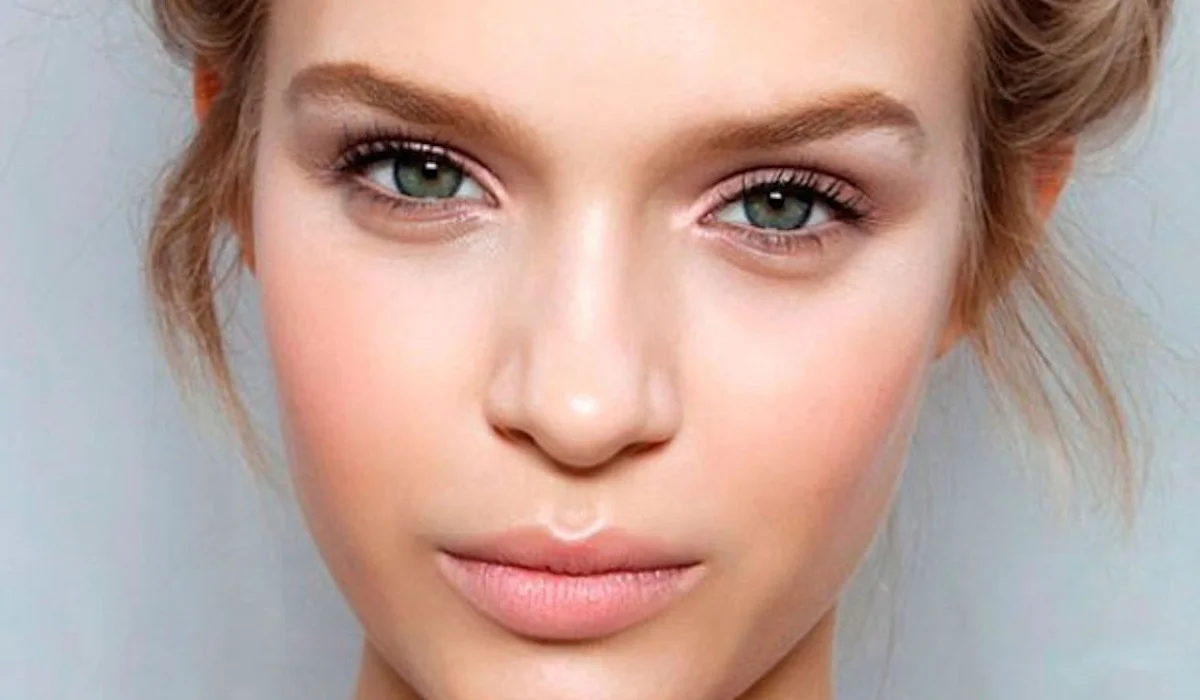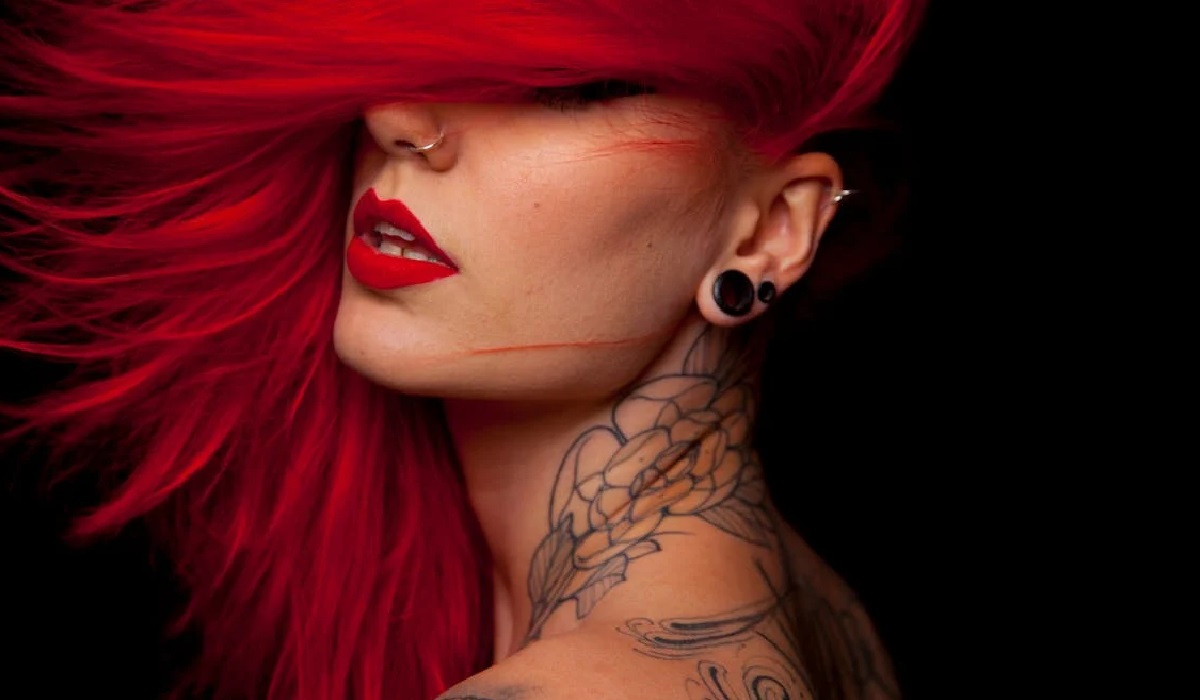Children who are adopted often hope to be reunited with their biological family so they can have some idea of where they are from. This story is about two women who were adopted from another country and somehow fate helped them find their way to one another. 31-year-old Julia Tinetti, and 32-year-old Cassandra Madison met in 2013 when both of them were working at the Russian Lady Bar in New Haven. Julia noticed a tattoo of the Dominican Republic’s flag on Cassandra’s arm and commented on how she is Dominican as well but was adopted from there. Julia stopped in her tracks to reveal that she had a similar story, she was Dominican but adopted by an American family as a baby. We would go out for drinks, for dinner.
The two women would often get told by their other co-workers that they looked so much alike that they could be sisters. The women entertained the idea and looked at their adoption documents but they did not match up. But based on the similarities in their adoption timelines and resemblance, both women did feel they had some sort of connection with one another.
Tinetti was born in 1989 and was adopted shortly after her birth while Madison was born a year earlier in 1988 and adopted shortly after as well. The women were confident that they would be related to one another but a look at their adoption papers which did not match made them second guess their instincts and conclude that they might not be related after all. In 2015, Madison moved from Connecticut to Virginia Beach, Virginia however still kept in touch with Tinetti. In 2018, her adoptive mother gave her a 23andMe DNA testing kit for Christmas so she could know more about her background. What she found out was shocking…
“I did not know that you can find a relative, so that was very much a shock,” Madison said, she was matched to several distant relatives.
Madison’s childhood friend Molly Sapadin helped piece the puzzle together. Sapadin was adopted shortly after her birth in 1990 from the Dominican Republic as well. Her adoptive mother was friends with Madison’s adoptive mother and the girls grew up together in New Haven, Connecticut.
Sapadin compared her adoption paperwork with Madison’s and they realized they might be half-sisters as they had the same last name and the same person listed as their birth mother. Sapadin and Tinetti were adopted on the same day and in close proximity to one another and hence think their paperwork must have been mixed up by whoever had been filling it out.
Madison was able to match with a first cousin due to her DNA results. The cousin helped connect her to her biological father Adriano Luna Collado. Her birth father still resides in the Dominican Republic. As for her biological mother, Yulianna Collado passed away in 2015 after suffering from a heart attack.
In 2018, Madison made a trip to the Dominican Republic to meet her biological father and her siblings. When she met her family, she asked her biological father whether her mother had given up another child for adoption. “He said, ‘It was just a difficult time for your mom and I. So, I don’t like to talk about it. I don’t like to think about it,’” Madison recalled of the conversation with her dad.
Afterward, her father revealed that he had indeed put another child up for adoption and this is what Madison used to push Tinetti to take a DNA test too. The DNA test results came on January 28th and revealed what everyone had suspected all along; the two women were indeed biological sisters with the same birth parents!
Now Tinetti hopes to meet her biological family too. She has advice for other people on similar journeys. She said, “People who were adopted are now reaching out to us, which is really special. That to me, [means] more than anything. I also try to remember not every story has a happy ending…I’d say be prepared for anything.”










